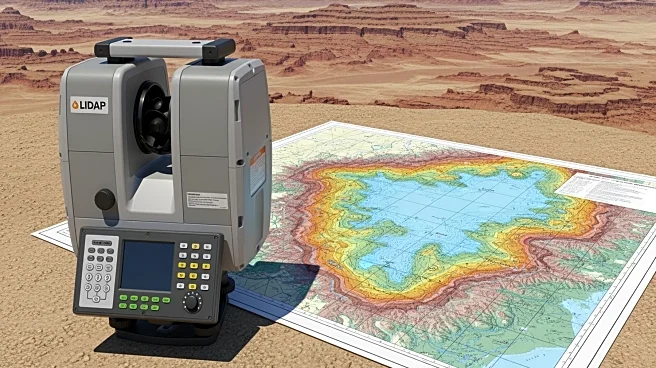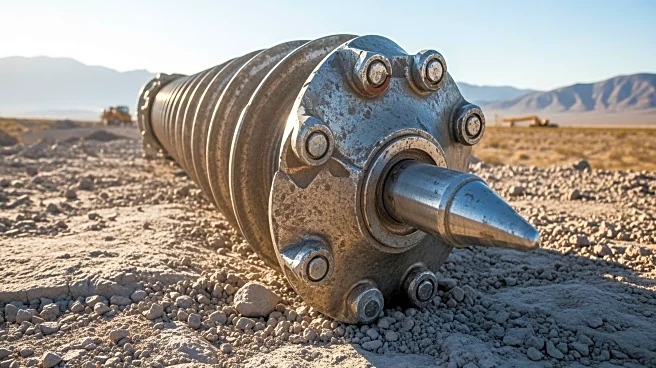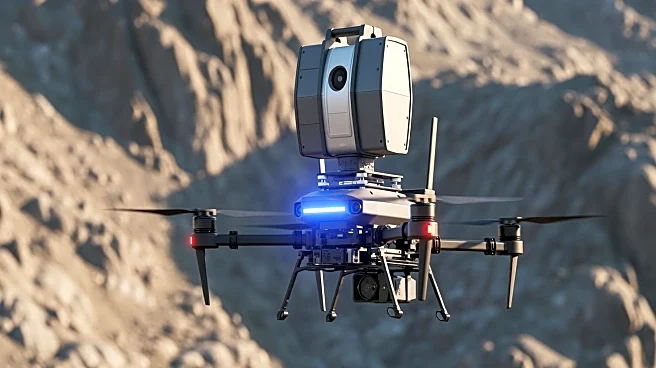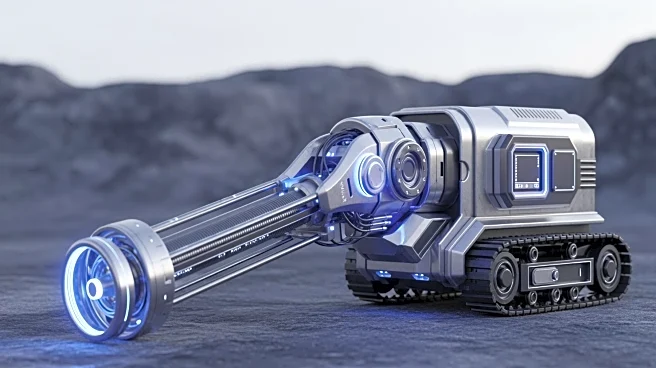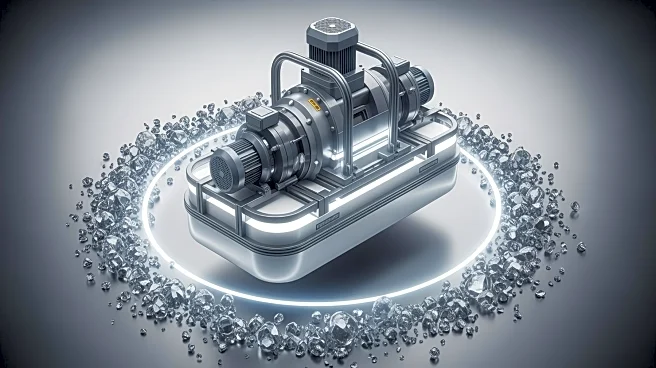What's Happening?
Locksley Resources has successfully completed a high-resolution LiDAR survey at the Desert Antimony Mine (DAM) prospect in San Bernardino County, California. The survey produced a detailed 3D representation
of the historic mine workings, confirming approximately 236 meters of underground development across four distinct levels. This data will guide resource drilling and future mine redevelopment planning, supporting Locksley Resources' upcoming targeted drilling campaign. The survey enhances geological interpretation and underpins the company's broader Mine-to-Metal US growth strategy by supporting a fully domestic antimony supply chain.
Why It's Important?
The completion of the LiDAR survey is a significant milestone for Locksley Resources as it advances its US critical minerals strategy. The detailed geological data obtained from the survey will enable more precise drilling design, which is crucial for efficient resource extraction and redevelopment planning. This initiative supports the establishment of a domestic antimony supply chain in the US, reducing reliance on foreign sources and contributing to national security and economic stability. The adoption of LiDAR technology reflects Locksley Resources' commitment to data-driven, accelerated mine redevelopment strategies.
What's Next?
Locksley Resources plans to conduct detailed geological mapping of the underground workings at DAM, scheduled for November. The company will integrate the LiDAR survey data into a 3D geological model to support the preparation of a Joint Ore Reserves Committee (JORC) exploration target. Additionally, Locksley Resources will evaluate ground conditions within the historic workings to enable detailed underground sampling. These steps are part of the company's strategy to re-establish domestic US antimony supply innovation and further expand its landholding in California's Mojave region.


